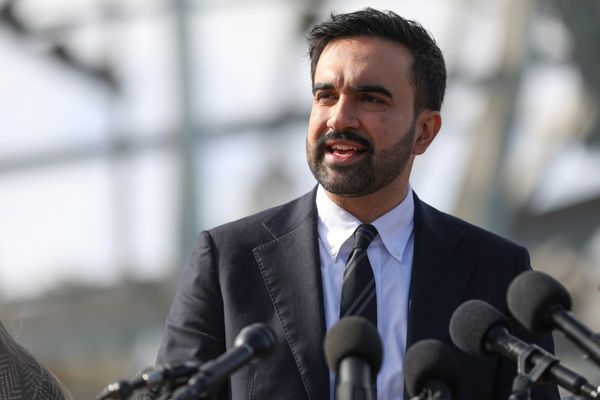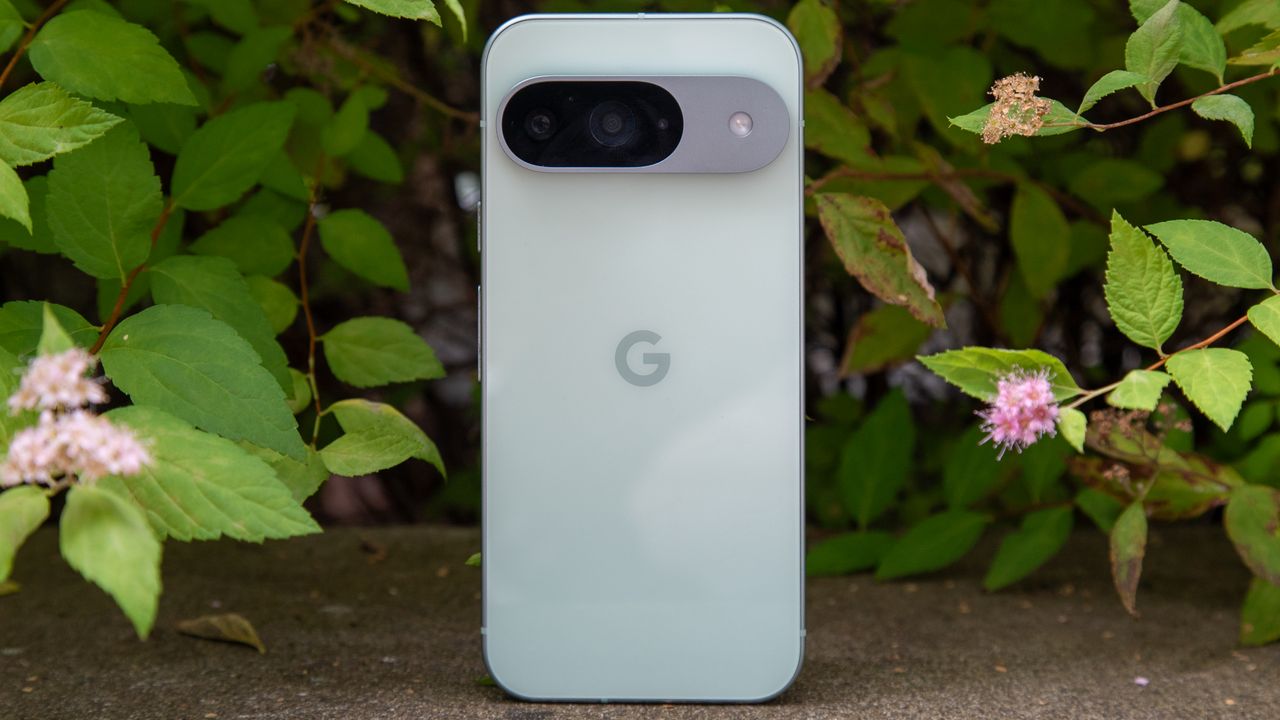
The Pixel 10 is right around the corner, and while it's expected to bring some notable upgrades over its predecessor, it's time to look back at the Pixel 9. How has Google's compact flagship held up over the past year, and is it still worth buying in 2025 with the Pixel 10 on the horizon?
In 2024, I would have easily recommended the Pixel 9 to anyone who asked, not because it was my favorite phone (disclaimer: I am generally not a huge Pixel fan), but because it's a generally good phone. It has cameras that most people would love, pretty decent battery life, tons of fun AI features to keep things exciting, and a software promise that would make most other flagship phones jealous.
So what's the problem? From the get-go, the Pixel 9 has had quite a bit going against it, from the $100 price increase to its "late" software and the lack of hardware you'd find on comparable phones. On its own, the Pixel 9 is a fine phone, but assuming the Pixel 10 will cost the same, it will have to do more than "fine" if it wants to justify the price.
Slow software start, but Google made up for it
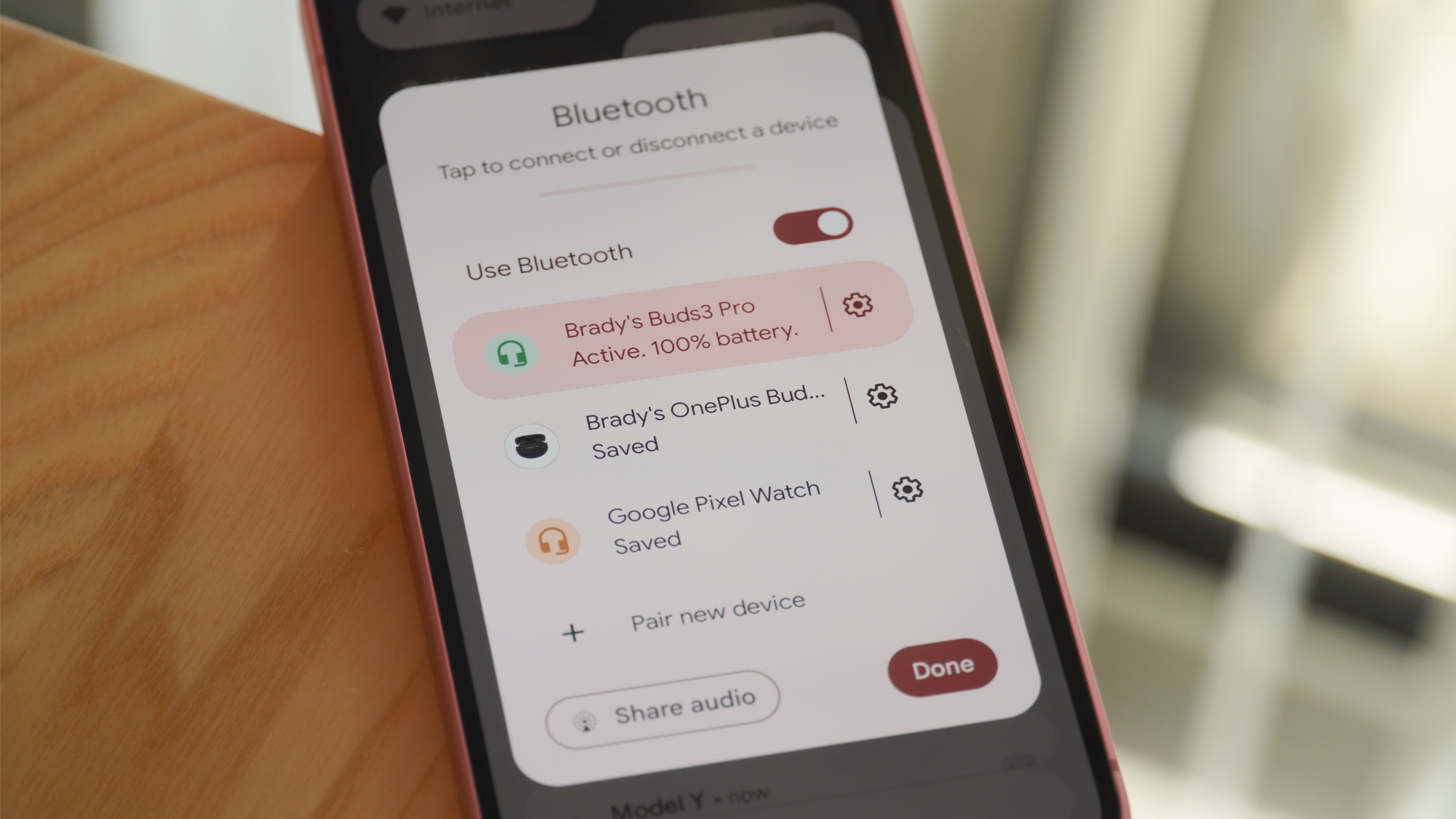
When the Pixel 9 launched, Google surprisingly launched it with Android 14 instead of Android 15. Admittedly, the Pixel 9 series launched quite a bit early compared to the Pixel 8, so we can give Google some slack there, but it was still odd to get a new Pixel with old Android software out of the box.
Fortunately, it didn't take Google long to remedy this and then some. Android 15 rolled out in early September with new features like a Private Space, adaptive vibration, changes to screen recording, improved multitasking on large screens, and more. It wasn't a huge overhaul, but it was a significant update, nonetheless.
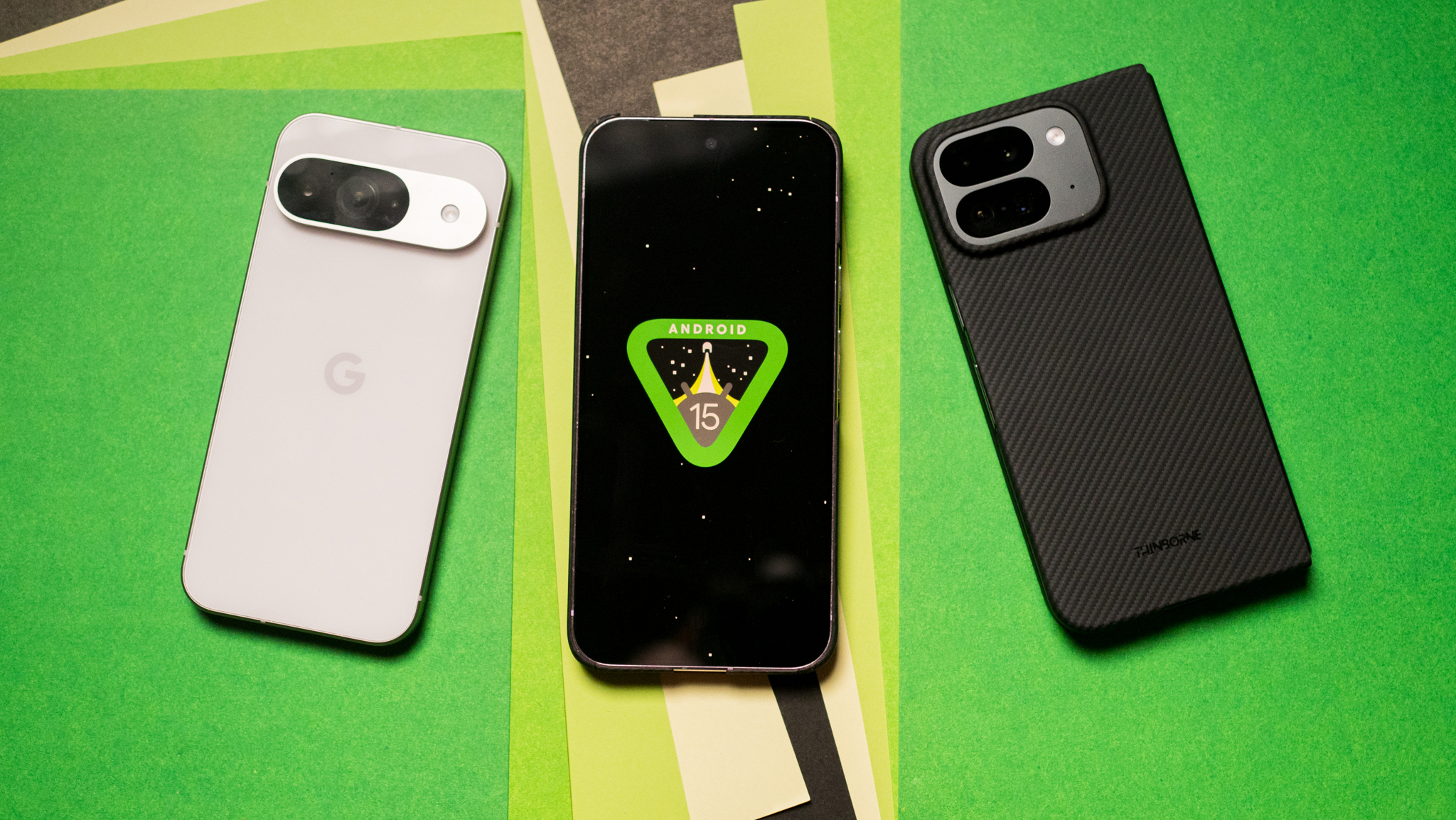
Less than a year later, the Pixel 9 also received Android 16, making that the second major software update for the Pixel in just 9 months. This was due to Google's updated software schedule, which pushed the Android 16 launch up, followed by another significant update toward the end of the year.
When I asked about the schedule change, Seang Chau, VP and GM of Android Platform, told me in an interview that it was to help its OEM partners get the latest version on their devices sooner rather than later.
"Because if you look at some of the biggest releases during the year, if we're releasing a new Android version in August or September, it's really hard to release a phone that same year with the latest release, and then you have to wait however many months before you get the latest Android release."
While he didn't explicitly say it, it seemed clear to me that the accelerated Pixel 9 schedule was part of the inspiration for this move, as Google had the hardware ready but was waiting on the software to catch up.
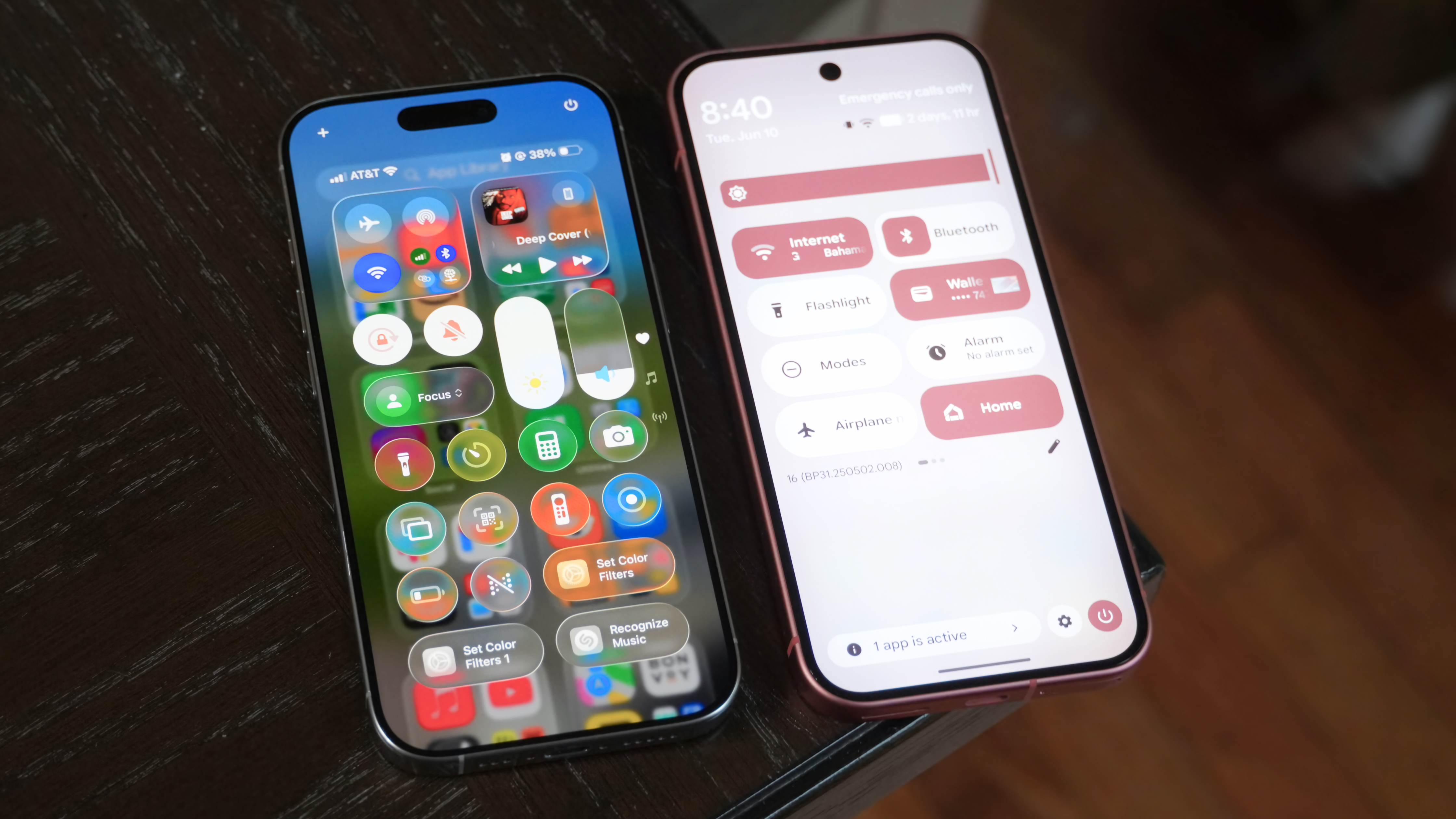
Of course, we've received a plethora of new features in between that time with Android and Pixel drops, such as Connected Cameras and AI-powered scam detection. However, even with Android 16, Google didn't seem all that prepared. Hence, we still have to wait for the next Pixel drop before we get the big Material 3 Expressive overhaul, which will give the OS a vibrant new look, improved haptics, and more.
You can already try this on your Pixel if you're running the Android 16 QPR beta, which also brings other features like a more customizable quick settings panel.
$100 more, for what?
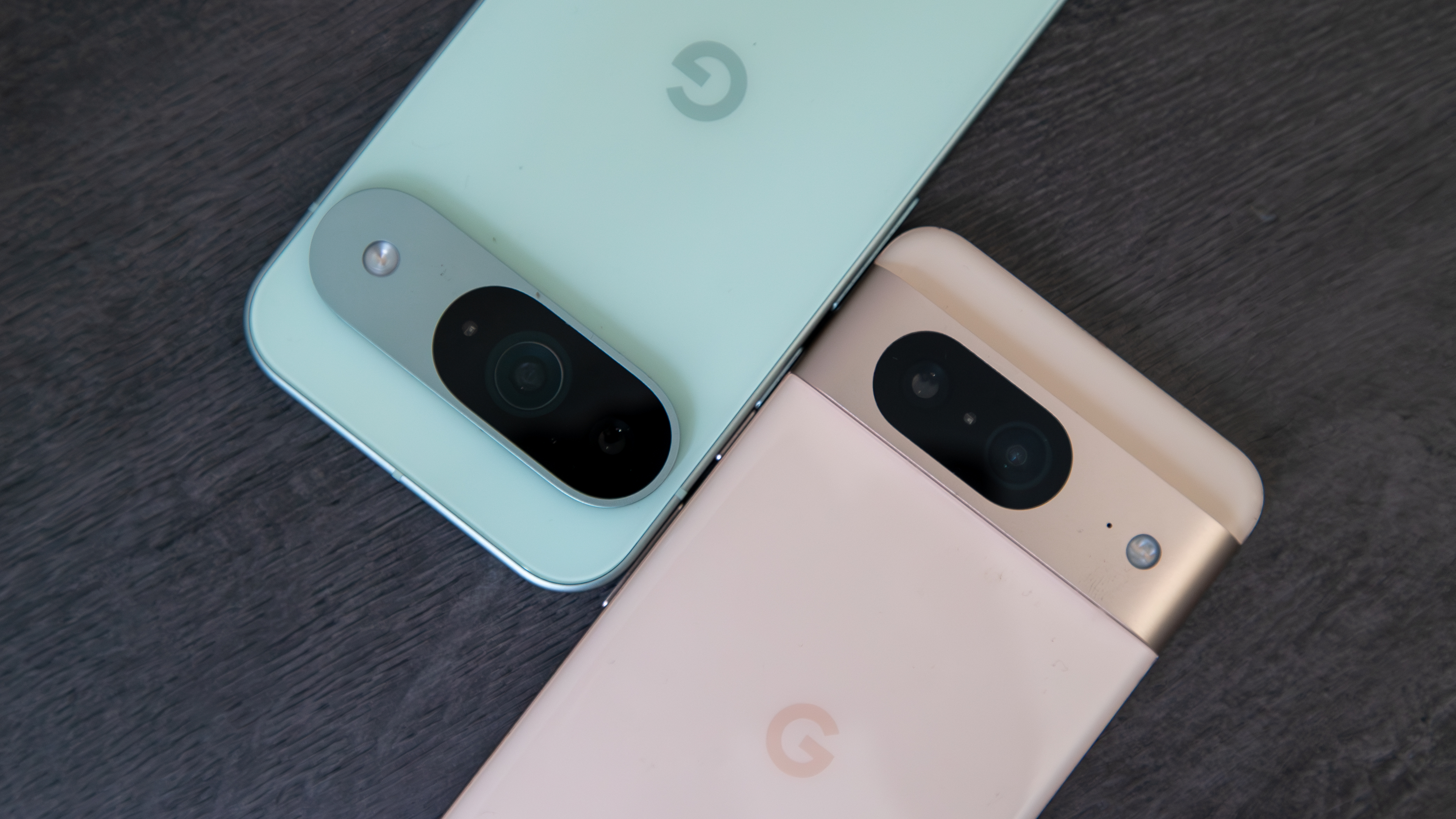
One of the most surprising things Google did with the launch of the Pixel 9 is to raise the price by $100. I can sort of understand where some of this would come from, given that better hardware like the more capable Tensor G4 and 12GB of RAM may warrant a price increase, but the Pixel 9 is hardly the spec powerhouse like some other similarly-priced Snapdragon-powered phones.
I will say that I haven't been disappointed with the Pixel 9's overall performance. After all, the Tensor G4 isn't meant to compete in terms of raw power, but in day-to-day use, it still performs fine with my daily needs: taking photos, playing some games, scrolling through Instagram, and perhaps the occasional AI-generated image or summary.
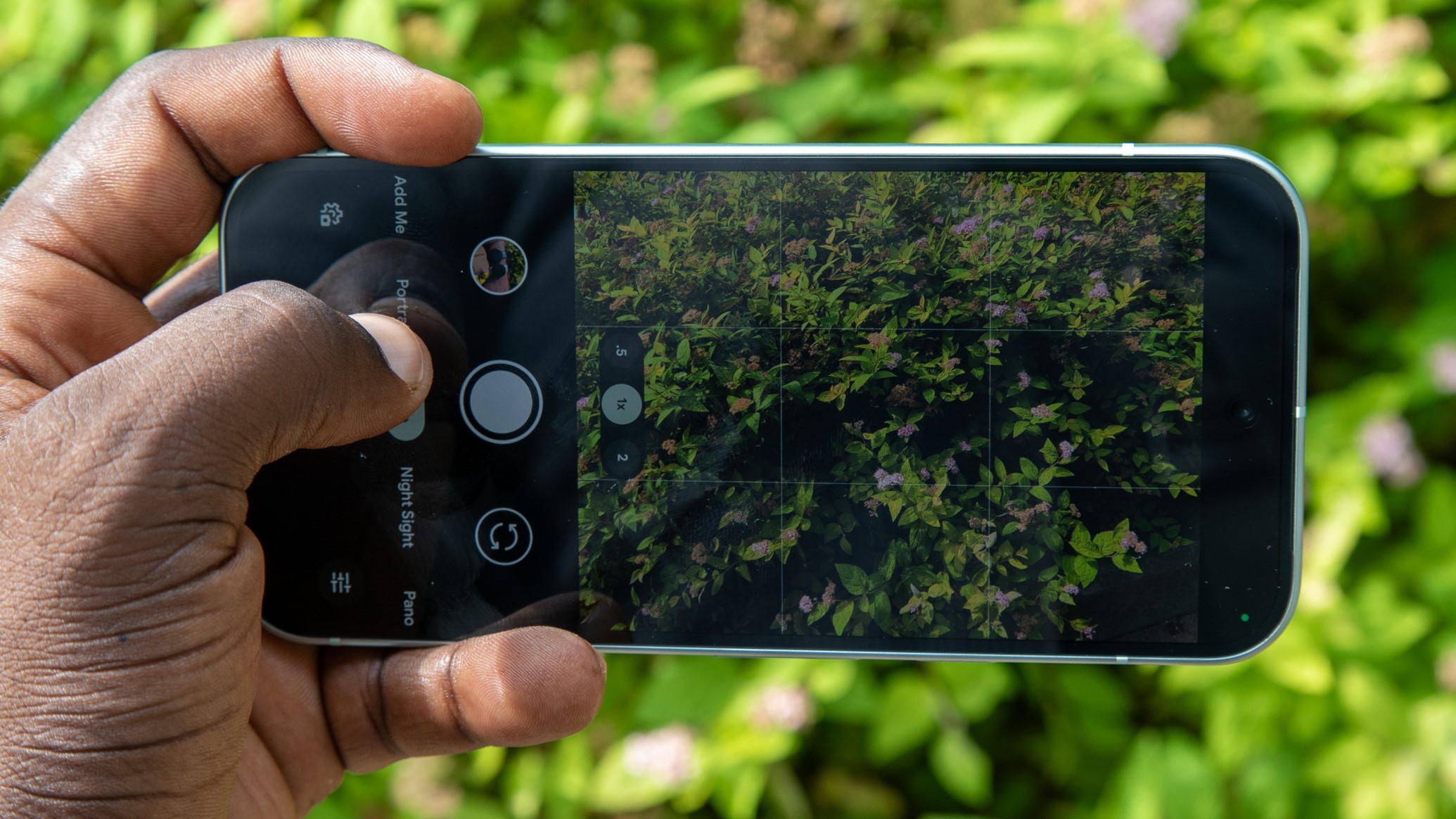
The most obvious omission is in the camera department, where the Pixel 9 still features just two sensors. Fortunately, Google is pretty good at AI upscaling, but zoom is limited to 8x because it's likely the sensor can't produce good results any further than that.
Meanwhile, the $800 Galaxy S25 features three cameras with a 3x telephoto lens that can zoom up to 30x. Not that images are particularly useful at that range, but you can still get decent quality at 10x thanks to the telephoto sensor.
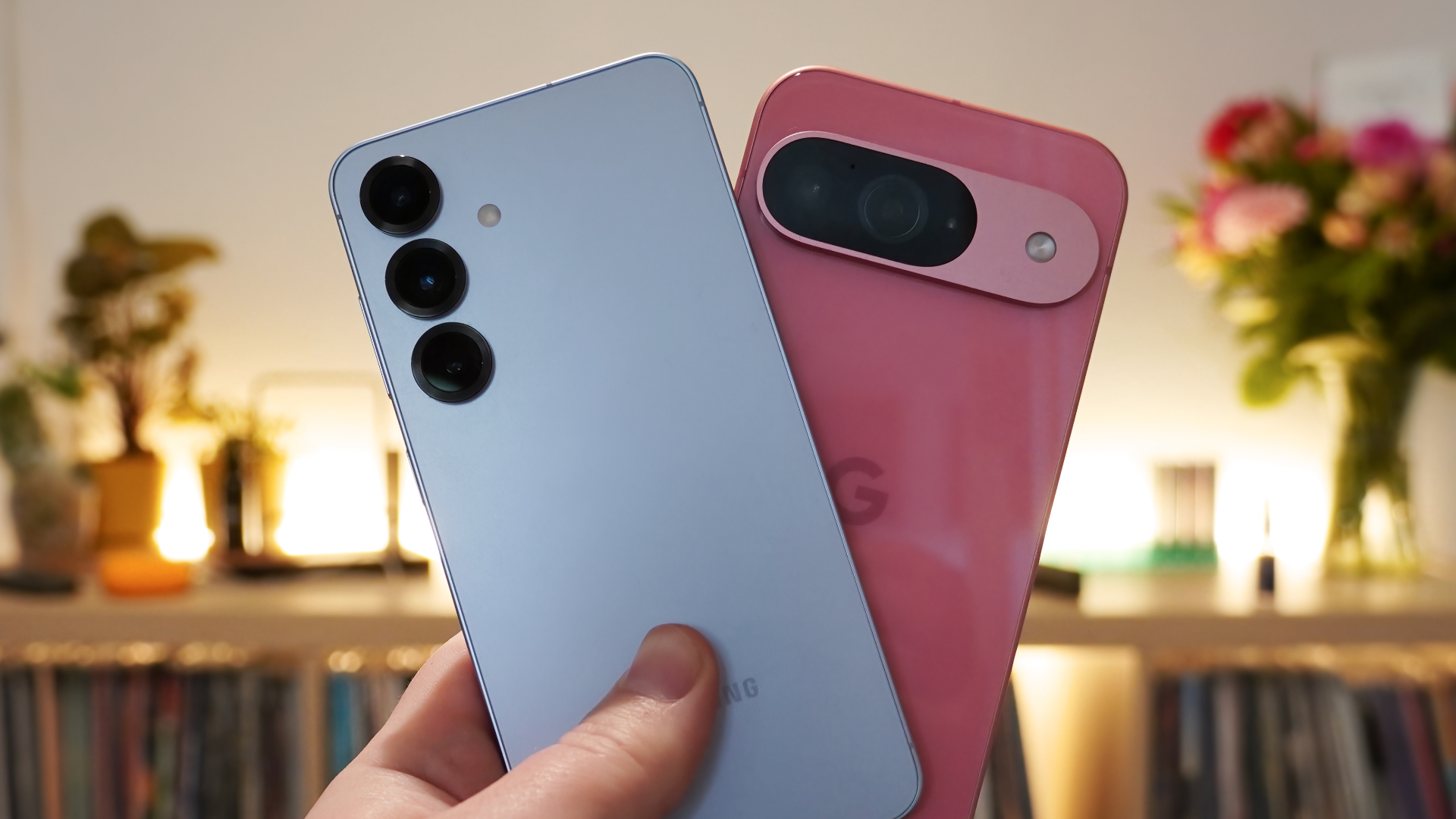
Google also limits the Pixel 9 camera capabilities for seemingly no reason, which could leave users reaching for the Pixel 9 Pro instead. Pro Controls, 8K video recording, and high-res 50MP photos are just some of the features missing from the Pixel 9. Night Sight Video and Video Boost are also not present, despite the Pixel 9 seeming quite capable of performing these features.
After all, the Pixel 9 features the same Tensor G4 chip as its "Pro" siblings, even if RAM is limited to "just" 12GB. Even if they perform better on phones with more RAM, it seems odd that Google is skimping out on imaging features when Pixels are known for their camera capabilities.
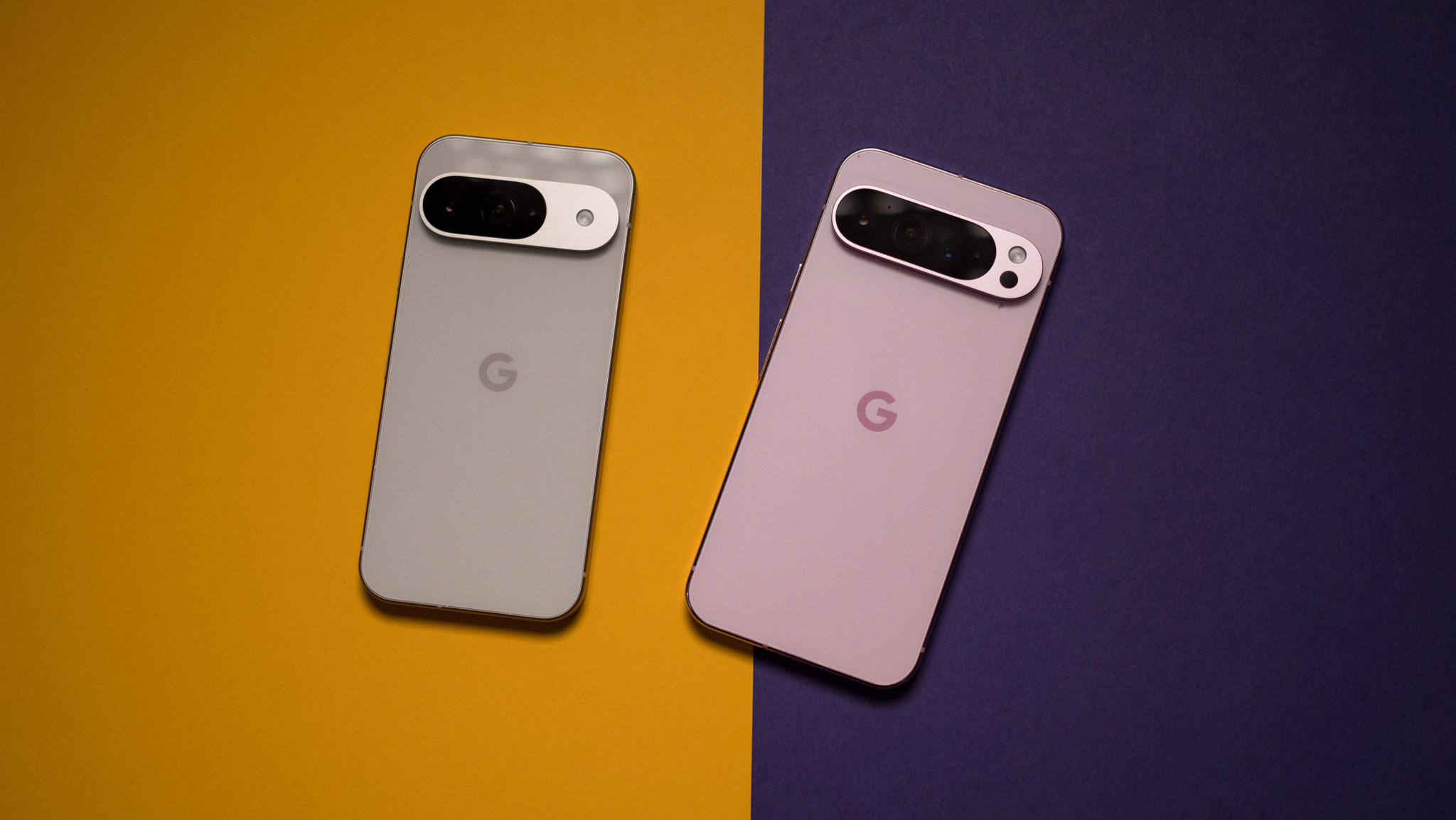
Fortunately, Battery life has been a bright spot for me, and I never seem to have an issue with the Pixel 9 lasting through the day, which is more than I can say for many flagships. However, charging speeds are still egregiously slow, as it takes the Pixel 9 literally forever to get a full charge if you don't have a Google-branded charger (or one with the right tech).
Unfortunately, even Google's "50% in 30 minutes" estimate doesn't really inspire confidence, and the real-life results are much worse. And unless you have the right type of charger, you're probably better off buying a Google 45W charger if you don't wanna sit around waiting.
After all, what's the point of having a great all-day battery if I'm spending all day charging it?
The Pixel 9a problem
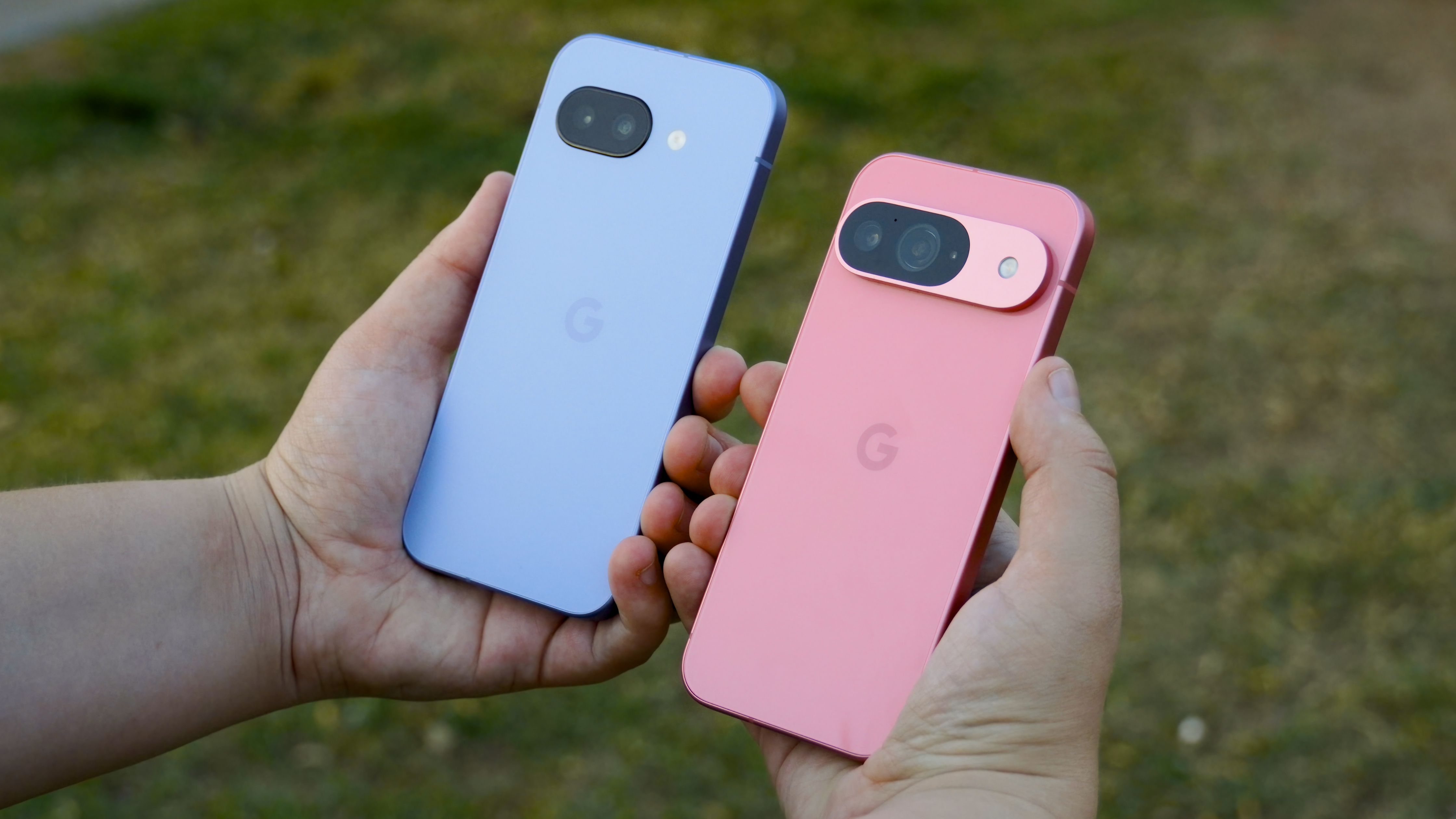
Then there's the Pixel 9a. This phone costs $300 less than the Pixel 9, but its specs and capabilities aren't too different, save for less durable glass, less RAM, and some missing camera/media features like 10-bit HDR video or Action Pan.
In fact, the Pixel 9a has an even larger battery with a longer battery life estimate than the Pixel 9. Google had to make some design changes to fit a larger battery, but it's still impressive.
When the Pixel 9a launched, Android Central editor-in-chief Shruti Shekar questioned why it exists, as it seemed to confuse the Pixel 9 lineup a bit. She suggested Google split the difference between the two phones into one that costs somewhere in between, a sentiment I agree with.
The Pixel 10 could finally be worth it
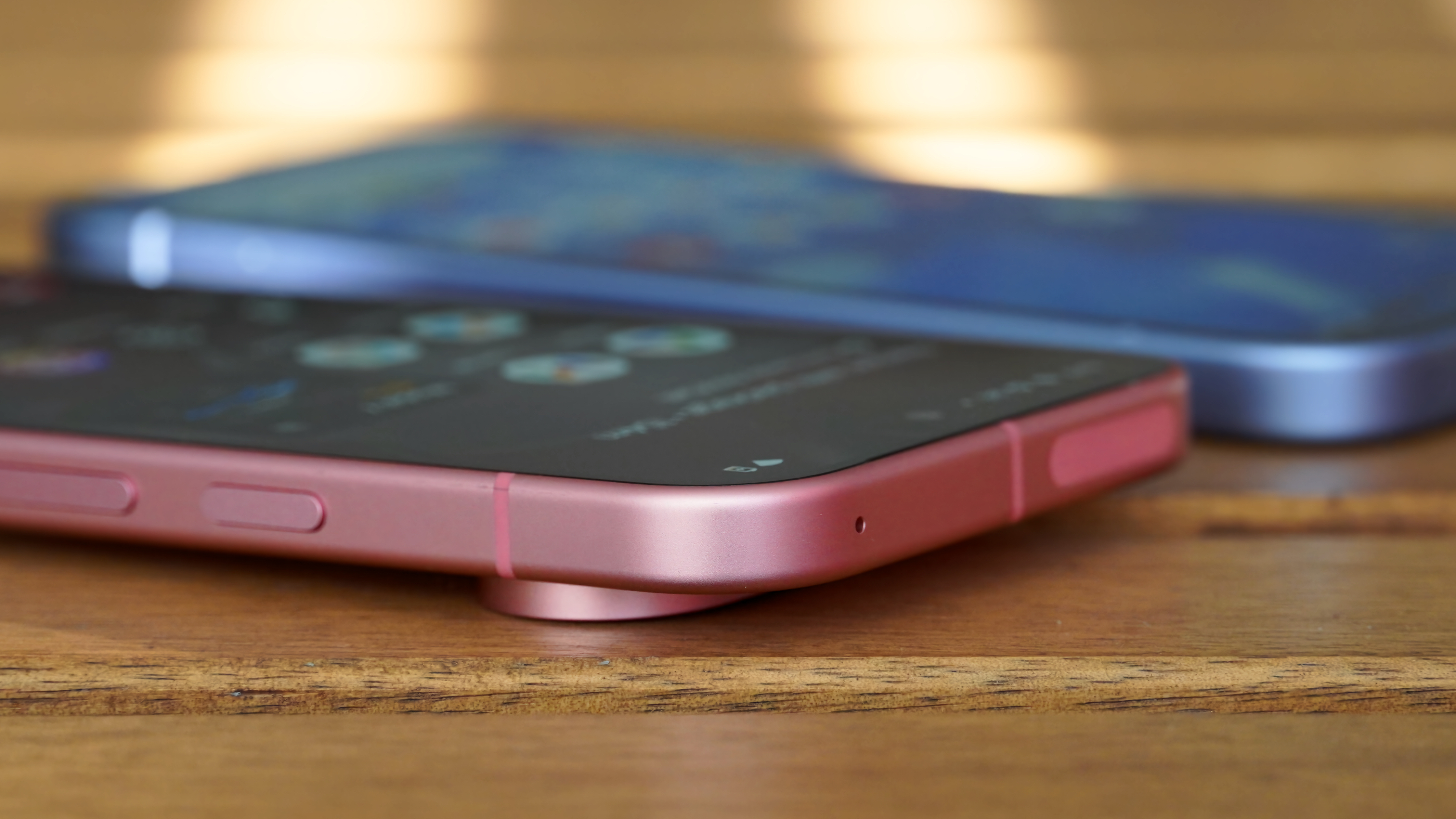
The Pixel 9 isn't a bad phone, and I think that most people should be happy with it. However, I think they'd also be happier spending $200 more for the Pixel 9 Pro or just waiting for the Pixel 10.
According to rumors, the Pixel 10 could bring many of the changes we've been hoping to see. Leaks have revealed a triple-camera setup that may finally bring a telephoto lens to Google's entry-level Pixel flagship. Meanwhile, the Tensor G5 chip is likely going to bring some nice performance improvements, and Qi2 magnetic charging may finally be on the table.
Assuming Google doesn't increase the price, you may want to wait for the Pixel 10 to launch. If anything, the still-good Pixel 9 will likely go down in price, making it more worth it in my eyes.

